Why Different Flours Behave Differently in Baking (with Comparison Photos)
Ever wondered why your chocolate chip cookies turn out flat with one flour but perfectly thick with another? The secret lies in protein content, gluten development, and grain structure.
Understanding how different flours behave transforms your baking from guesswork to science, giving you control over texture, rise, and flavor in every recipe.
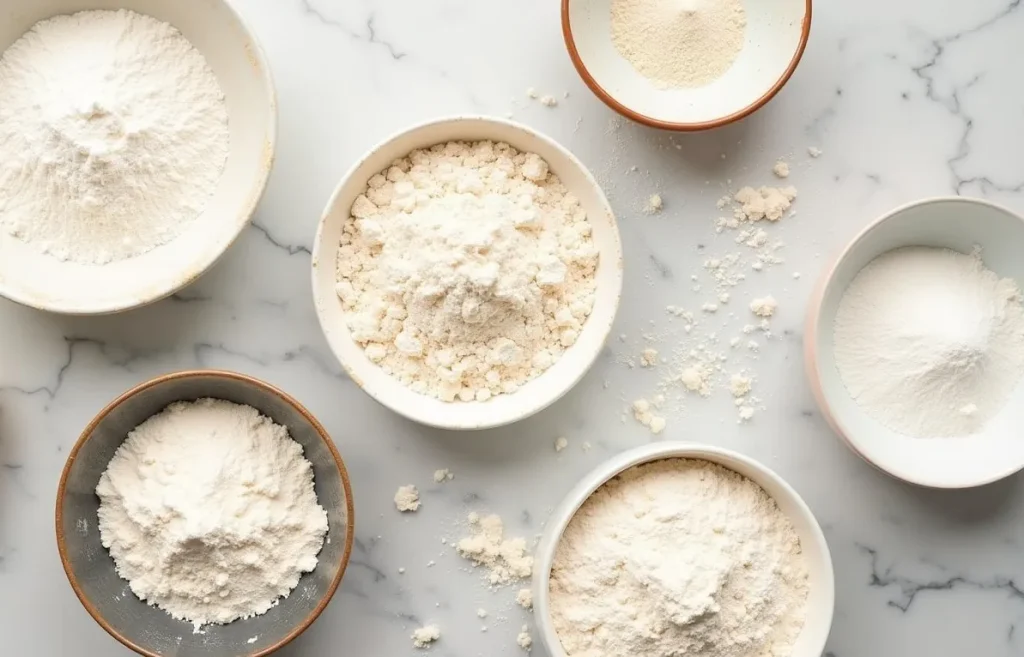
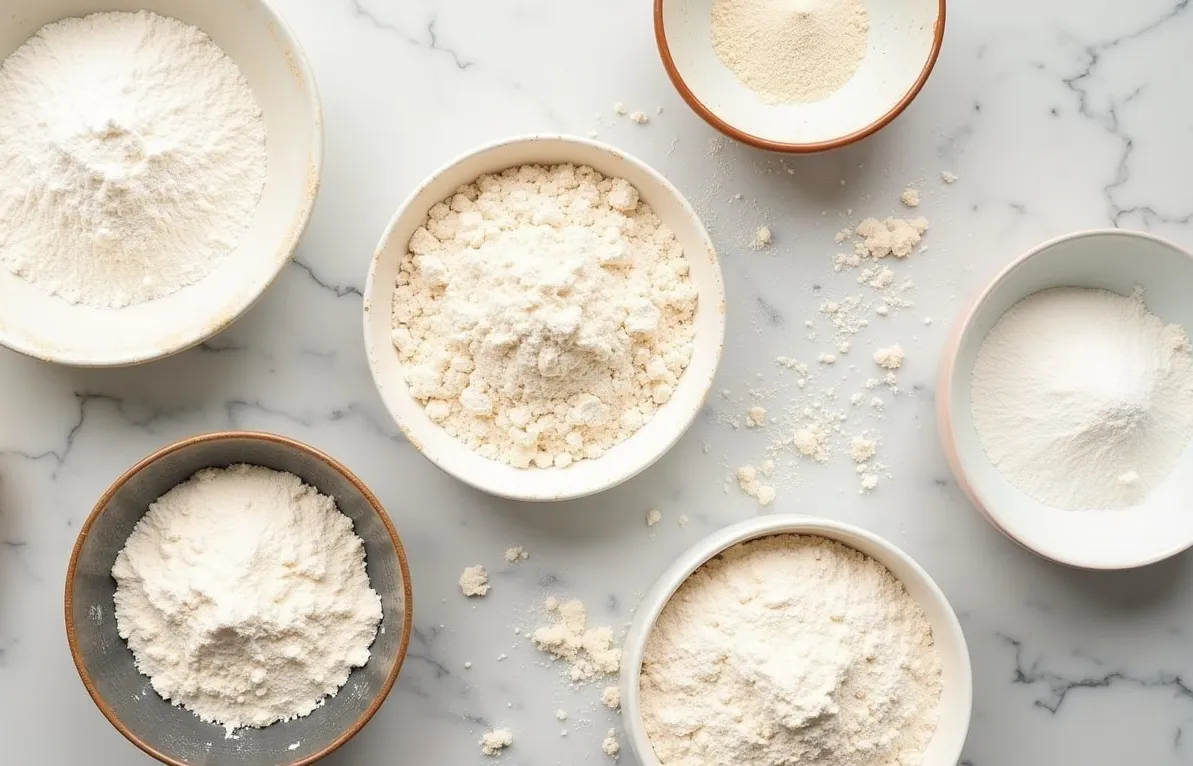
The Science Behind Flour Behavior
Flour behavior depends on three key factors: protein content, grain type, and processing method. These elements determine how flour absorbs liquid, develops gluten, and reacts to heat during baking.
Protein content ranges from 6% in cake flour to 14% in bread flour. Higher protein creates stronger gluten networks, resulting in chewier, more structured baked goods. Lower protein produces tender, delicate textures perfect for cakes and pastries.

Grain type affects flavor, color, and nutritional value. Wheat varieties differ in their gluten-forming proteins, while alternative grains like rice and oat create entirely different textures due to their unique starch and fiber compositions.
Processing methods influence flour fineness and gluten strength. Some flours undergo bleaching or aging processes that modify their baking properties, while others maintain their natural characteristics.
All-Purpose Flour: The Versatile Workhorse
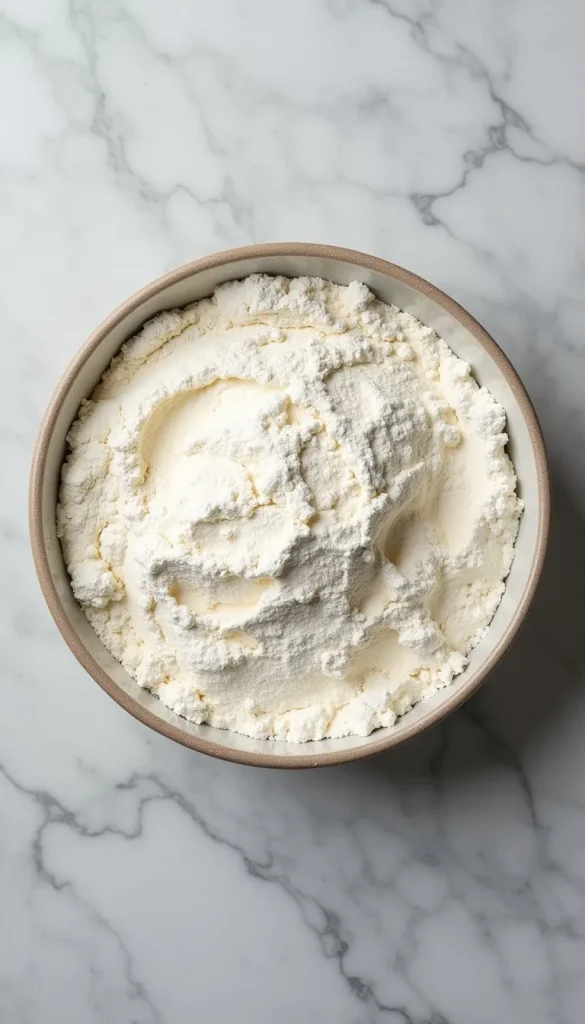
All-purpose flour contains 10-12% protein, making it suitable for most baking applications. Its moderate protein content creates balanced gluten development, producing tender yet structured results.
This flour works well in cookies, muffins, quick breads, and many cakes. It absorbs liquid consistently and provides reliable results across different recipes. The neutral flavor makes it ideal when you want other ingredients to shine.
All-purpose flour creates cookies with good spread and moderate chewiness. In cakes, it produces a tender crumb with enough structure to support layers and frosting. For bread, it delivers acceptable results though not the optimal chew of bread flour.
Bread Flour: Maximum Gluten Power
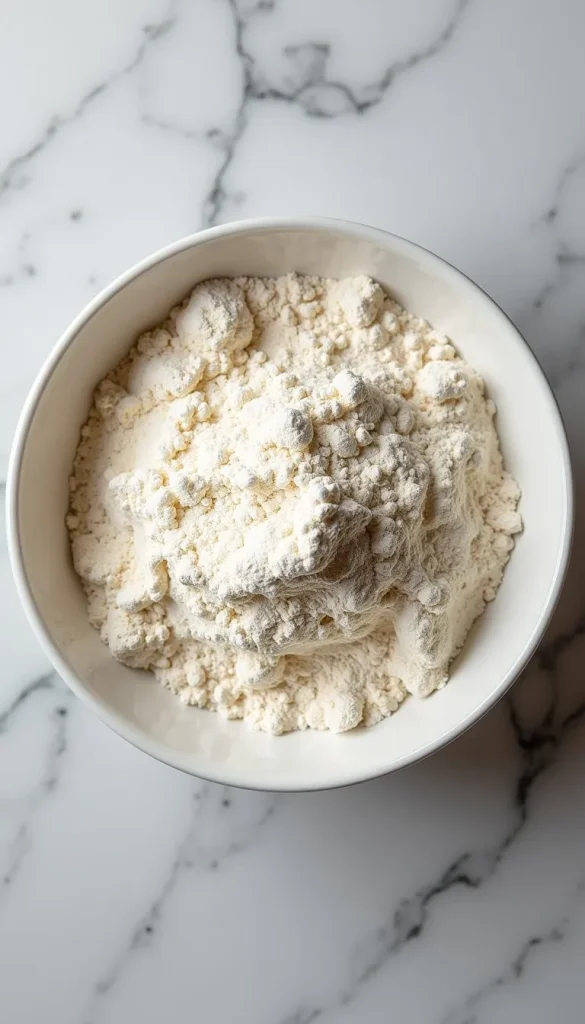
Bread flour contains 12-14% protein, creating strong gluten networks essential for yeast breads. This high protein content produces chewy textures and excellent rise in yeasted products.
The strong gluten development traps gas bubbles effectively, creating the open crumb structure characteristic of good bread. This flour requires more kneading to fully develop its gluten potential.
In cookies, bread flour creates thick, chewy results with less spread. The extra protein absorbs more liquid, resulting in denser textures. This flour excels in pizza dough, bagels, and artisan breads where chewiness is desired.
Cake Flour: Delicate and Tender
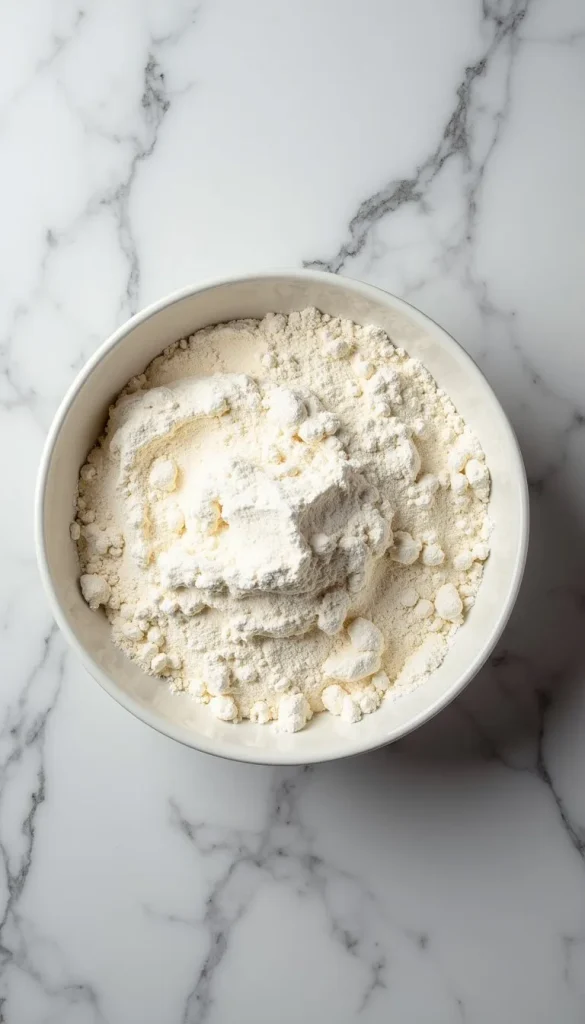
Cake flour contains only 6-8% protein and often undergoes chlorine bleaching, which breaks down gluten and increases starch gelatinization. This creates exceptionally tender, fine-crumbed cakes.
The low protein content prevents tough gluten development, while the fine milling creates smooth batters. Chlorine treatment also affects starch molecules, allowing cakes to rise higher and maintain delicate structures.
Cake flour produces cookies that spread significantly and have tender, almost crumbly textures. In muffins, it creates very soft, delicate crumbs but may lack the structure needed for hearty breakfast muffins.
Pastry Flour: The Middle Ground
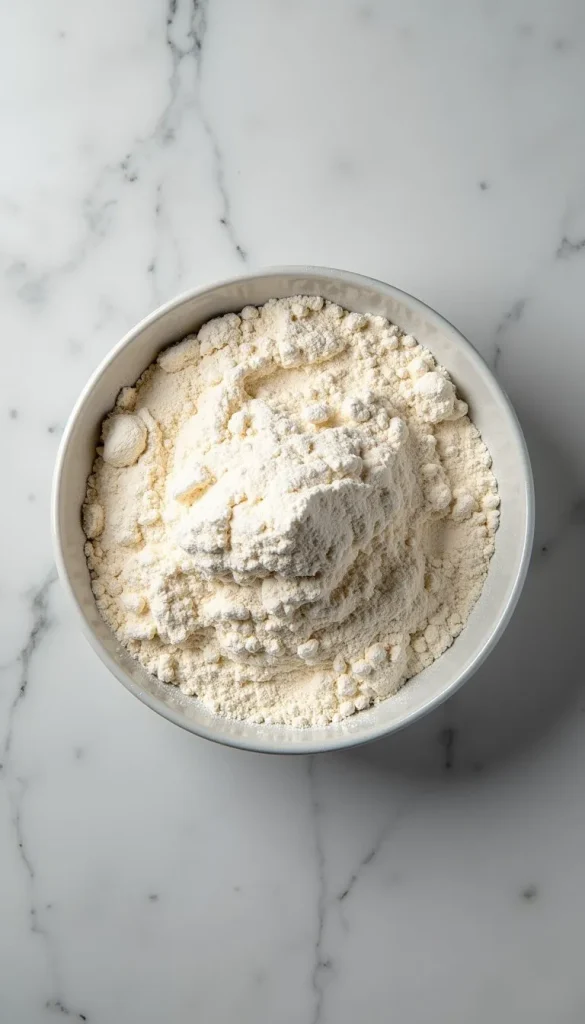
Pastry flour contains 8-10% protein, positioning it between cake and all-purpose flour. This moderate protein level creates tender results while maintaining enough structure for pastries and pie crusts.
The protein content allows for some gluten development without creating toughness. This balance produces flaky pie crusts and tender biscuits that hold their shape during baking.
Pastry flour works excellently in scones, creating tender interiors with good structural integrity. It produces cookies with moderate spread and pleasantly tender textures without being fragile.
Whole Wheat Flour: Fiber and Flavor

Whole wheat flour includes the bran and germ, adding fiber, nutrients, and nutty flavor. The bran pieces interrupt gluten development, creating denser, more substantial textures.
The fiber absorbs more liquid than refined flours, requiring recipe adjustments. Whole wheat flour also contains oils from the germ that can affect texture and shelf life.
This flour produces hearty, dense cookies with rich flavor and good nutritional value. In bread, it creates substantial, filling loaves with complex taste profiles. The extra fiber provides satisfying texture but reduces rise compared to white flours.
Almond Flour: Grain-Free Richness
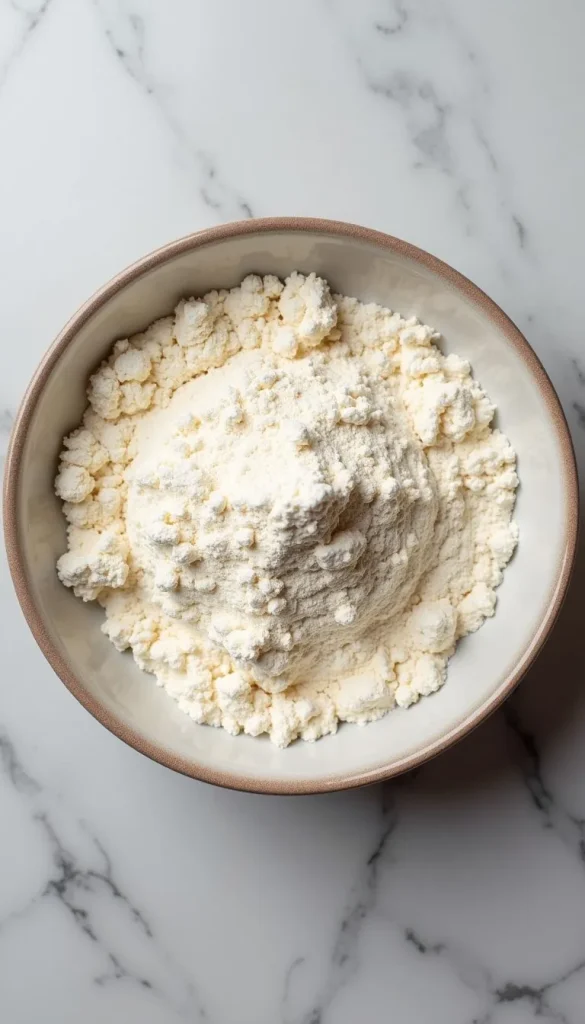
Almond flour contains no gluten, relying on eggs and other binding agents for structure. Its high fat content creates rich, moist textures and adds significant flavor to baked goods.
The lack of gluten means almond flour behaves completely differently from wheat flours. It cannot create the same structures and requires different techniques and ratios in recipes.
Almond flour produces tender, rich cookies with excellent flavor and moisture retention. In cakes, it creates dense, moist textures similar to pound cake. The high fat content prevents dryness but limits rise.
Coconut Flour: High Absorption Champion
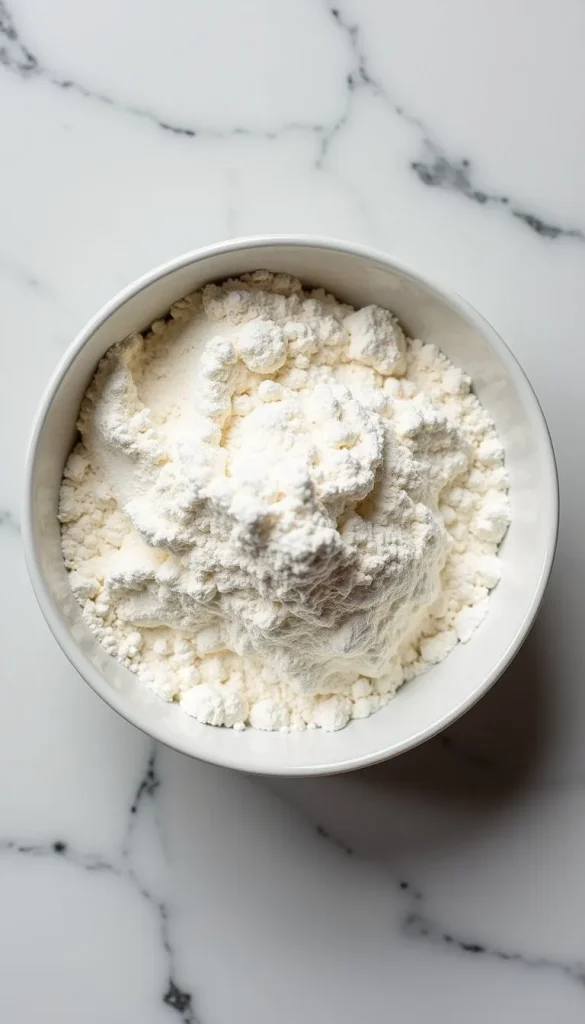
Coconut flour absorbs liquid more than any other flour, requiring significant recipe modifications. Its high fiber content creates unique textures and adds subtle coconut flavor.
This flour works best in recipes specifically designed for it, as direct substitutions rarely succeed. The absorption properties mean using too much creates dry, crumbly results.
Coconut flour produces dense, moist baked goods when properly hydrated. Cookies become tender and slightly crumbly, while cakes develop rich, satisfying textures. The fiber content adds nutritional benefits.
Oat Flour: Naturally Sweet and Hearty
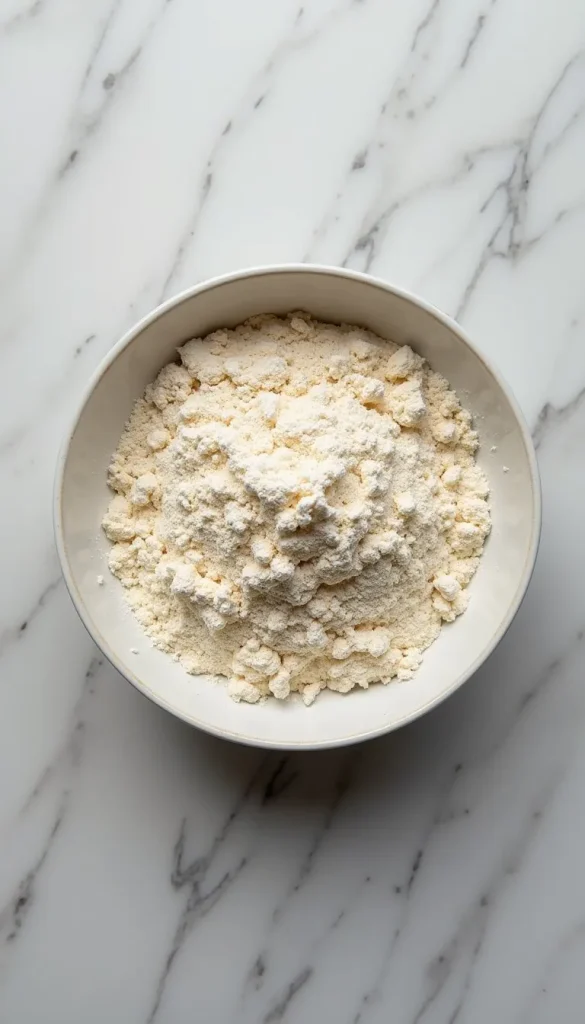
Oat flour brings natural sweetness and hearty flavor to baked goods. Its moderate protein content and unique starch composition create distinctive textures.
The natural sugars in oats enhance browning and add subtle sweetness. Oat flour contains beta-glucan fiber, which affects moisture retention and creates slightly gummy textures when overused.
This flour produces chewy cookies with pleasant texture and flavor. In muffins, it creates hearty, satisfying results with good moisture retention. The natural sweetness allows for reduced sugar in recipes.
Rice Flour: Light and Crispy
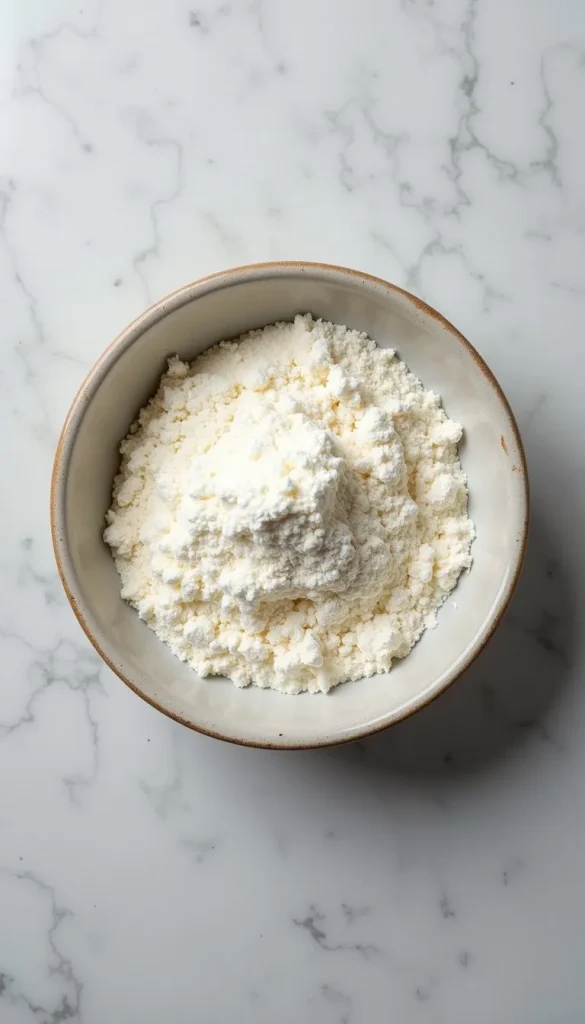
Rice flour contains no gluten and creates light, crispy textures. Its fine particle size and unique starch properties make it excellent for delicate baked goods and coatings.
The lack of gluten means rice flour cannot create chewy textures alone. It works well in combination with other flours or in recipes where crispiness is desired.
Rice flour produces cookies with excellent crisp textures and clean flavors. In cakes, it creates light, airy results when properly supported with eggs or other binding agents. The neutral flavor allows other ingredients to dominate.
Comparing Flour Performance Side by Side
Understanding how different flours perform in identical recipes reveals their unique characteristics. Cookie dough made with bread flour spreads less and produces thicker results compared to cake flour versions.
Muffin batter consistency varies dramatically between flours. Coconut flour requires triple the liquid of all-purpose flour, while almond flour creates naturally moist batters without additional liquid.
Rise patterns differ significantly among flours. Bread flour creates tall, structured rises in yeasted products, while cake flour produces high, delicate rises in chemical-leavened goods.
Practical Tips for Flour Success
Store different flours properly to maintain their baking properties. Whole grain flours require refrigeration due to their oil content, while refined flours stay fresh at room temperature.
Measure flours accurately using weight measurements when possible. Different flours have varying densities, making volume measurements less reliable across flour types.
Start with recipes designed for specific flours rather than making substitutions. Once you understand each flour’s behavior, you can make informed modifications to achieve desired results.
Making the Right Flour Choice
Consider your desired texture when selecting flour. Choose high-protein flours for chewy results and low-protein options for tender textures. Match flour characteristics to your recipe goals.
Experiment with flour combinations to create custom textures. Mixing different flours allows you to balance protein content, flavor, and nutritional benefits according to your preferences.
Keep multiple flour types on hand to optimize different baking projects. Having variety ensures you can choose the best flour for each specific application rather than compromising with inappropriate substitutes.
Understanding why different flours behave differently empowers you to make informed baking decisions. Each flour brings unique properties that affect texture, flavor, and appearance in predictable ways. Master these differences, and you’ll consistently create exactly the results you envision in your kitchen.